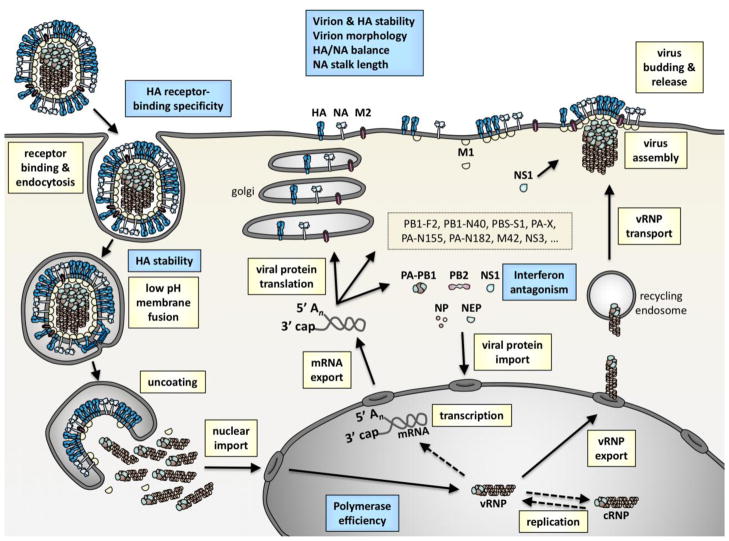Figure 2. Influenza virus replication cycle and properties influencing adaptation to humans and ferrets.
Major steps during replication are denoted in yellow boxes. These include receptor binding, endocytosis, low-pH-induced membrane fusion, uncoating, nuclear import, transcription, mRNA export, viral protein translation, viral protein import into the nucleus, viral genome replication, viral ribonucleoprotein (vRNP) export, vRNP transport to the plasma membrane, virus assembly, virus budding, and virus release. Properties identified in interspecies adaptation are denoted by blue boxes. Extracellular adaptive properties include the stability of virions and the HA protein, virion morphology, balance of HA binding and NA receptor-destroying activities, and NA stalk length. Intracellular adaptive properties include receptor-binding specificity by the HA protein, HA stability, polymerase efficiency, and interferon antagonism.

